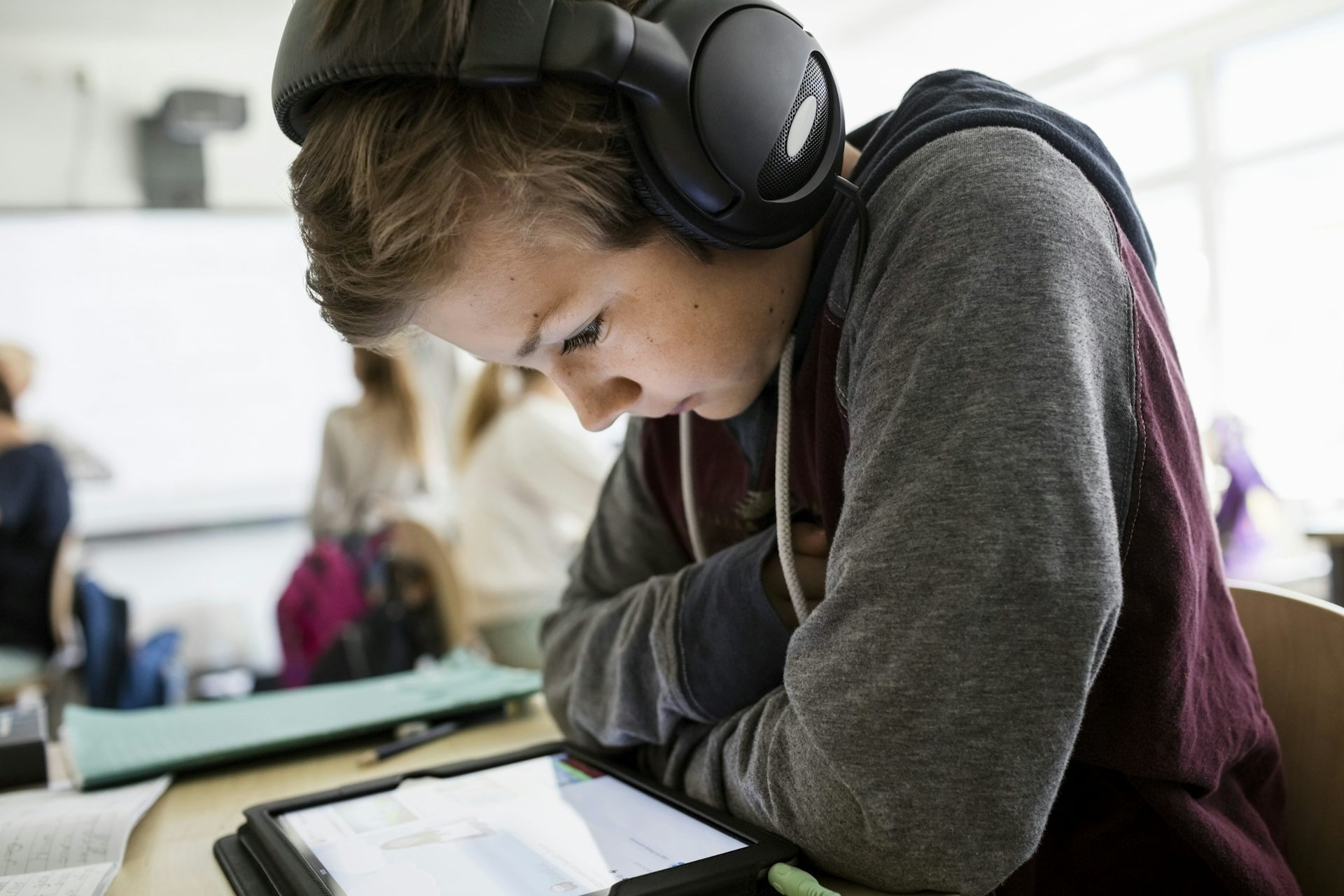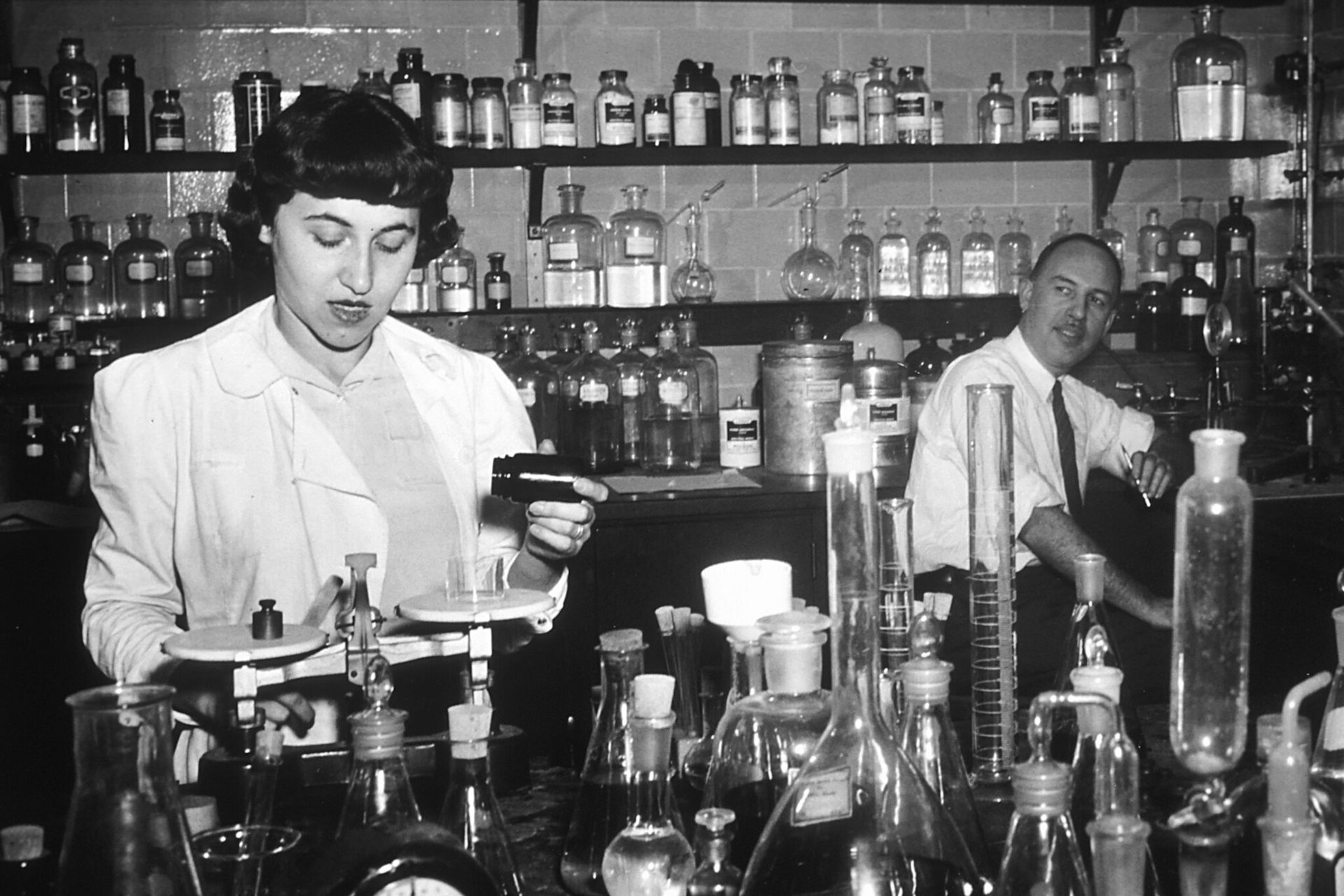Sleepy teenage brains need school to start later in the morning
Teenagers aren't just lazy. Their sleep hormones aren't calibrated to let them get up and go until later in the morning – which has academic and health consequences when school starts too early.

Millions of high schoolers are fighting with their alarm clocks as they start another academic year. As they struggle to get up early, parents battle to get them out of bed and off to school – a stressful way for everyone involved to start the day.
Are teenagers just being lazy when they have to be dragged out of bed in the morning?
According to the National Sleep Foundation, the sleep requirement for teenagers is eight to 10 hours per night. Yet, the average teen in America obtains less than seven hours of sleep on a school night. A big part of the reason why is that nearly half of all high schools in the U.S. start before 8:00 a.m., and over 85 percent are starting before 8:30 a.m.
Sleep deprivation in teenagers as a result of early school hours has been a topic of concern and debate for over two decades. Districts across the country have wrestled with the question of whether their local high school should start later.
I’ve been studying the effects of later high school start times for 20 years. My research shows that teens’ inability to get out of bed before 8 a.m. has serious consequences for learning and health outcomes. Essentially, the adolescent inability to be fully awake before then is a matter of human biology – not a matter of attitude.
Gotta get to class
In the earliest days of American education, students of all ages attended a single school with a single starting time. In fact, as late as 1910, half of all children attended one-room schools. As schools and districts grew in size in the early 1930s, staggered starting times became increasingly common. The oldest students in cities and large towns were given the earliest starting time, with the thought that high school was preparation for the adult world of work. Many rural schools continue to have only a single starting time, as buses pick up students of all ages on a single run.

Since 2014, however, major national health organizations have taken a policy stand to support the implementation of later starting times for high school. The American Academy of Pediatrics, the American Medical Association, the Centers for Disease Control and Prevention and most recently the American Academy of Sleep Medicine have all come out with statements that recommend high schools start at 8:30 a.m. or later.
A national conference held in April 2017 showcased the research linking teen sleep, later high school start times and significantly positive academic, health and safety outcomes.
Since the experts have started to weigh in, hundreds of schools in 45 states across the country have been able to make the shift. In fact, the state of California is currently considering a bill that would require all middle and high schools in the state to start school no earlier than 8:30 a.m. by the year 2020. Legislators are starting to consider teens’ sleep deficit as an issue of public health.
Why does it matter if teens are tired?
Studies on sleep in general and sleep in teens in particular have revealed the serious negative consequences of lack of adequate sleep. Teens who are sleep-deprived – defined as obtaining less than eight hours per night – are significantly more likely to use cigarettes, drugs and alcohol.
The incidence of depression among teens significantly rises with less than nine hours of sleep. Around half of teens who sleep four hours or less per night feel sad and hopeless, compared to just 19 percent of their well-rested peers. Teen car crashes, the primary cause of death for teenagers, significantly decline when teens obtain more than eight hours of sleep per night.
A newly released report by the RAND Corporation quantified the “costs” to our society of early high school start times in terms of lost income due to impaired academic and professional performance and car crashes for teens who are sleep-deprived. The report projected annual gains to the U.S. economy of nearly US$9.4 billion over 15 years if high school starts nationwide at 8:30 a.m.
Biology of the teenage brain
So what exactly is going on with teenagers and their sleep patterns? Can’t they just go to bed earlier?
Research informing expert recommendations began in the 1980s, with studies that cast new light on what goes on in the teenage brain.
Our brains release the sleep hormone melatonin as a signal that allows us to fall and stay asleep. In preteens and adults, the secretion of melatonin is flexible and variable, and sleep timing preferences are genetically based. But the timing is different in teens, as it is related to puberty.
For virtually all adolescents, the secretion of melatonin doesn’t begin until about 10:45 p.m. and continues until about 8 a.m. This means that most teenagers are unable to fall asleep until melatonin secretion begins, and it’s hard to wake up until the melatonin secretion stops. This fixed pattern of melatonin secretion in teens changes back to an individual’s genetically preferred sleep/wake timing once puberty is over.
The unique sleep/wake pattern of teens is beyond their control. Just expecting teens to minimize distractions and go to bed earlier is not a solution.
I have interviewed hundreds of teens who all said that if they went to bed early, they were unable to fall asleep – they just stared at the ceiling until sleep set in around 11 p.m.
Researchers around the world corroborated these findings. At the onset of puberty, nearly all humans (and most mammals) experience a delay of sleep timing in the brain.
Medical researchers have also found that sleep patterns of younger children enable them to rise early and be ready for learning much earlier than adolescents.
In other words, the biology of the teenage brain is in direct conflict with school schedules, which typically require adolescents to begin school earlier and younger children to start later.

What happens with a later start?
Results from schools that switched to a late start time are encouraging. The students do in fact get more sleep, tending to go to bed at the same time but getting to rise a bit later in the morning. Not only does the teens’ use of drugs, cigarettes and alcohol decline; their academic performance improves significantly with later start time.
Most recently, car crash rates for teen drivers have declined with the implementation of a later high school start time. In fact, the crash rate for teens in Jackson Hole, Wyoming in 2013 dropped by 70 percent in the first year the district adopted a later high school start.
Plenty of schools and districts across the U.S. are resisting delaying the starting time of their high schools for many reasons.
Issues such as changing transportation routes and altering the timing for other grade levels often head the list of factors making the later start difficult. Schools also must consider the effects on after-school sports and activities.
Such concerns are valid. However, schools that have delayed start times found creative solutions. For example, schools adopted mixed-age busing, coordinated with public transport systems, and expanded after-school child care.
There’s clearly more that needs to be addressed in making the change. But, in the end, communities that value maximum development for all of its children should also be willing to grapple with solutions.
After all, our children’s ability to move into healthy adult lives tomorrow depends on what we as adults are deciding for them today.
This is an updated version of an article originally published on Sept. 19, 2016.
Kyla Wahlstrom received a 3-year research grant from the Centers for Disease Control and Prevention to examine possible health and academic outcomes for students whose schools changed to a later starting time.
Read These Next
Chile elects most right-wing leader since Pinochet – in line with regional drift, domestic tendency
José Antonio Kast, who has run for the presidency several times, successfully seized on widespread…
Epstein’s victims deserve more attention than his ‘client list’
Powerful men connected to Jeffrey Epstein are named, dissected and speculated about. The survivors,…
The ‘one chatbot per child’ model for AI in classrooms conflicts with what research shows: Learning
AI tutors are often held up as an ideal, but prioritizing individualized teaching can detract from the…






